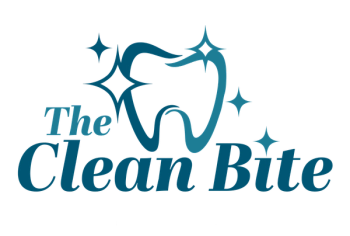
Target Groups for Flu Vaccination Assessed by Researchers
Vaccination is generally considered to be the best primary prevention measure against influenza virus infection. Many countries encourage specific target groups of people to undertake vaccination, often with financial subsidies or a priority list. To understand differential patterns of national target groups for influenza vaccination before, during and after the 2009 influenza pandemic, Sophia Ng, of the School of Public Health at the University of Hong Kong, and colleagues, reviewed and analyzed the country-specific policies in the corresponding time periods.
Information on prioritized groups targeted to receive seasonal and pandemic influenza vaccines was derived from a multi-step internet search of official health department websites, press releases, media sources and academic journal articles. The researchers assessed the frequency and consistency of targeting 20 different groups within the population which are associated with age, underlying medical conditions, roles or occupations among different countries and vaccines. Information on subsidies provided to specific target groups was also extracted.
Ng and colleagues analyzed target groups for 33 (seasonal 2009 and 2009-2010 vaccines), 72 (monovalent pandemic 2009-2010 vaccine) and 34 (seasonal 2010 and 2010-2011 vaccines) countries. In 2009-2010, the elderly, those with chronic illness and health care workers were common targets for the seasonal vaccine. Comparatively, the elderly, care home residents and workers, animal contacts and close contacts were less frequently targeted to receive the pandemic vaccine. Pregnant women, obese persons, essential community workers and health care workers, however, were more commonly targeted. After the pandemic, pregnant women, obese persons, healthcare and care home workers, and close contacts were more commonly targeted to receive the seasonal vaccine compared to 2009-2010, showing continued influence from the pandemic. Many of the countries provided free vaccines, partial subsidies, reimbursements or national health coverage to specific target groups and more than one-third of the countries offered universal subsidy regarding the pandemic vaccine. There was also some inconsistency between countries in target groups.
The researchers concluded that differences in target groups between countries may reflect variable objectives as well as uncertainties regarding the transmission dynamics, severity and age-specific immunity against influenza viruses before and after vaccination. Clarification on these points is essential to elucidate optimal and object-oriented vaccination strategies. Their research was published in
Reference: Sophia Ng, Peng Wu, Hiroshi Nishiura, Dennis KM Ip, Esther ST Lee and Benjamin J Cowling. An analysis of national target groups for monovalent 2009 pandemic influenza vaccine and trivalent seasonal influenza vaccines in 2009-10 and 2010-11. BMC Infectious Diseases 2011, 11:230doi:10.1186/1471-2334-11-230.
Newsletter
Stay prepared and protected with Infection Control Today's newsletter, delivering essential updates, best practices, and expert insights for infection preventionists.





